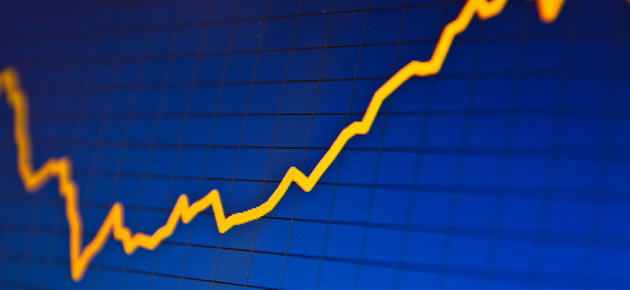Yesterday the Bank of England (BoE) announced that policymakers had decided against changing the interest rate from 0.50%. The rate has remained fixed for nearly five and a half years. Market reaction was insignificant as most economists forecast the lack of change, and were therefore unsurprised to see the result. The longer the BoE holds firm the hotter rate-hike speculation gets.
Next week should see more dramatic fluctuations for the Pound with the upcoming quarterly inflation report.
In the wake of President Mario Draghi’s speech yesterday it became clear that the European Central Bank’s (ECB) outlook for monetary policy remained consistent with previous committee meetings, despite some interesting acknowledgements. The ECB left its benchmark interest rate on hold at 0.15% and retained its negative deposit rate of -0.10%.
The Pound to Euro exchange rate appreciated by around a quarter of a cent following the conclusion of the press conference. The ECB has revealed that they have hired a consultant to help plan an asset purchasing scheme and many see this as an additional reason to bet on further ECB stimulus. Draghi’s reference to pushing for a capital markets union alerted markets to the increased likelihood of Eurobonds. Euro-wide bonds would achieve a better balance across the currency bloc in terms of borrowing costs, as the wealthier Eurozone states would be able to lend credibility to the poorer nations.
Despite the Pound to US Dollar exchange rate drifting alarmingly close to technical support during yesterday’s session, confidence in Sterling’s bullish run against the ‘Greenback’ has not yet diminished with the pairing having remained above the critical 1.6830 level.
Many feel the Pound to US Dollar may have reached its plateau with GBP/USD now around four cents lower than July’s 5.5-year high. Although the exchange rate peak is looking increasingly likely, investors seem defiantly unwilling to lower the rate. This leaves an open door for another Sterling surge against the ‘Greenback’, especially if the BoE’s quarterly inflation report includes rate hike rhetoric.
US data also showed a positive result with initial jobless claims, showing the smallest increase in people applying for first time unemployment benefits for eight years at 289,000.
Canadian Dollar (CAD)
Following the Canadian Ivey PMI of manufacturing activity, which showed a 3-month high result of 54.1 last month, Sterling softened fractionally versus the ‘Loonie’.
The factory output survey was seen as a satisfactory report having posted results significantly higher than forecast. The figure was a marked improved on June’s 46.9.
The Canadian unemployment rate report is due later today. It is forecast to show a jobless level of 7.1%, but anything lower could give a boost to the Canadian Dollar.
Australian Dollar (AUD)
Data released in the early hours of yesterday morning outlined how Australian joblessness escalated from 6.0% to a 12-year high of 6.4% last month. The 0.4% rise spelled disaster for the strength of the ‘Aussie’ and economists were unsurprised, therefore, to see the Australian Dollar depreciate by around -1.3 cents against Sterling.
New Zealand Dollar (NZD)
The New Zealand jobless rate fell from 5.9% to 5.6% earlier in the week and, as a result, the Pound to ‘Kiwi’ weakened by around a third of a cent. The currency should hold its position for a while with no significant data to be released until next week.
South African Rand (ZAR)
Yesterday saw the South African Rand record losses against most of the majors following political instability. It is likely that the Rand will continue to trend in this vane, until South Africa works through complications regarding the end of the National Union of Metalworkers of South Africa (NUMSA) strike.
Wednesday of next week should see some interesting Rand-related data with the publication of the nation’s retail sales report.



